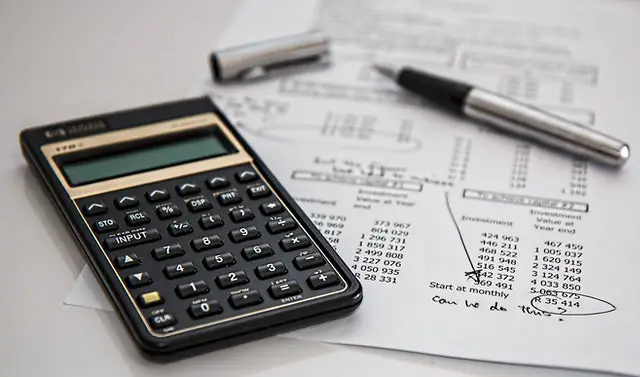Qualitative analysis seeks to understand human behavior from the perspective of the researcher of information. It looks for the dynamic in an integrated reality. Information can be gathered through observation, historical research, and interviews of human behavior. Data is analyzed through descriptions and themes. Data is translated and reported through the perspective of the researcher’s opinions on the patterns they see.
A qualitative trader seeks to trade based on trader’s and investor’s emotions and can use systems based on news driven patterns that cause emotional reactions of buyers and sellers. They look for emotionally driven market behaviors. They are primarily discretionary traders that look to trade the emotional reactions of other traders. Qualitative traders use their opinions based on experience and the patterns they see to create an edge.
Quantitative analysis looks to uncover facts about social behavior based on statistics. It assumes a fixed and measurable reality. Data is collected through measuring and quantifying data. Data is analyzed through data comparisons and observed statistical patterns. Data is reported through the filter of statistical analysis.
A quantitative trader uses backtesting, chart studies, and quantified statistical analysis. Quantitative traders are primarily mechanical traders that use quantified entries, exits, and position sizing to trade reoccuring price patterns in the markets. Quantitative traders create an edge by mechanically following their system and the price action regardless of their opinions, predictions, emotions, or ego.
Traders can combine different elements of qualitative and quantitative trading to create their own trading strategy that fits their own comfort level. Creating a trading system that combines both discretionary and mechanical elements can be robust and provide some of the best elements of both types of strategies.
